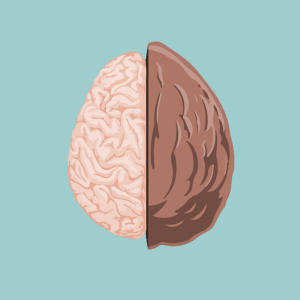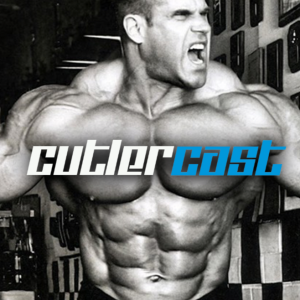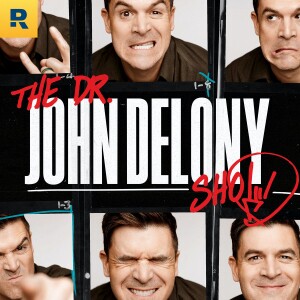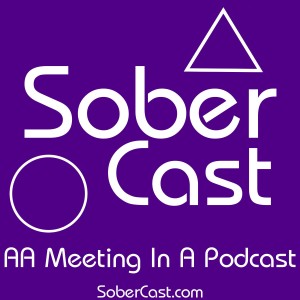

Episode List

Ep 233: Using clinical practice guidelines—the art and science, with Dr Maggie Horn
Clinical Practice Guidelines (CPGs) are an incredible resource for clinicians of all experience levels—synthesizing all the research on a topic and packaging it into bite-sized recommendations and flow charts. But how often are clinicians adhering to these guidelines? In today’s episode, Dr Maggie Horn (Duke University) walks us through her research team’s work to assess if, how, and when clinicians follow CPG recommendations. The team worked with clinicians in their hospital system to embed templates in the EMR, and used self-report strategies to answer these questions, specifically for the neck pain CPG. Dr Horn reviews the neck pain CPG, how the research team evaluated adherence, and what the findings mean for CPGs and clinicians. ------------------------------ RESOURCES Neck pain clinical practice guideline (revised in 2017): https://www.jospt.org/doi/10.2519/jospt.2017.0302 Translating the neck pain CPG into practice framework: https://www.jospt.org/doi/10.2519/josptopen.2025.0101

Ep 232: Exercise therapy "wears down" my joint - myth or fact? With Dr Alessio Bricca
No doubt you've come across people using the analogy of a broken down machine to describe an osteoarthritic joint. Or perhaps that too much loading on the joint is responsible for wearing it out - assuming that each joint has a finite number of movements in its lifetime. You've probably also heard from patients who are concerned that the exercise therapy you prescribe might do more harm to their already worn-out joint. But is that true? Today, Dr Alessio Bricca (Centre for Muscle and Joint Health, University of Southern Denmark) explores the evidence and refutes these beliefs. ------------------------------ RESOURCES Exercise Therapy "Wears Down" My Knee Joint: Myth or Reality?: https://www.jospt.org/doi/10.2519/jospt.2025.13069

Ep 231: Training through the adolescent growth spurt (part 2), with Dr Sara Lynn Terrell
Today is part 2 of a 2-part chat about hip health and training load for the youth athlete. Last episode, Dr Sara Lyn Terrell (Florida Southern College) discussed the developing hip, and the important distinction between primary cam morphology and femoroacetabular impingement syndrome. Many athletes have a bony bump on their hip that doesn't cause any problems - it's the morphology in combination with symptoms that clinicians might worry about. Today's episode builds on the foundation of the developing hip, and covers appropriate loads for youth athletes. Dr Terrell discusses how to plan, monitor and progress a loading programs, and how you might incorporate strength & conditioning principles into your practice. ------------------------------ RESOURCES Strategies to deter primary cam morphology in youth athletes: https://www.jospt.org/doi/10.2519/josptopen.2025.0128 Can we reduce injury risk during the adolescent growth spurt?: https://pubmed.ncbi.nlm.nih.gov/37823577/ “My kid is going through a growth spurt – what should I do?”: https://shorturl.at/FqqCM

Ep 230: Training for healthy hips in adolescent athletes (part 1), with Dr Sara Lynn Terrell
The hip health of youth athletes as their skeletons grow and mature while the athlete copes with the physical and mental stressors of sport and life, has been receiving renewed attention. Today's episode of JOSPT Insights is part 1 of a 2-part chat about training load and the youth athlete's hip. We discuss how primary cam morphology and femoroacetabular impingement syndrome might develop. Dr Sara Lynn Terrell (Florida Southern College) shares her >20 years of experience in exercise science and strength & conditioning, and walks listeners through the complexity of working with youth athletes to support their best sports performance. ------------------------------ RESOURCES Strategies to deter primary cam morphology in youth athletes: https://www.jospt.org/doi/10.2519/josptopen.2025.0128 Oxford consensus on primary cam morphology and FAI (part 1): https://pubmed.ncbi.nlm.nih.gov/36588401/ Oxford consensus on primary cam morphology and FAI (part 2): https://pubmed.ncbi.nlm.nih.gov/36588402/

Ep 229: Best practice in managing patellofemoral pain, with Dr Brad Neal
Patellofemoral pain can affect anyone at any age, which mean you're likely to come across it in your clinical career. What is best practice in managing patellofemoral pain? Today, Dr Brad Neal (Queen Mary University of London) walks us through how to apply the best research to your practice. Dr Neal has worked for over a decade in elite sport, private and public health care settings as a specialist musculoskeletal physiotherapist. His PhD work in biomechanics has helped guide understanding of how to manage patellofemoral pain. ------------------------------ RESOURCES Best practice guide for patellofemoral pain: https://pubmed.ncbi.nlm.nih.gov/39401870/ Effects of treatment for patellofemoral pain - systematic review with meta-analysis: https://www.jospt.org/doi/full/10.2519/jospt.2022.11359 Patellofemoral pain 2019 clinical practice guideline: https://www.jospt.org/doi/10.2519/jospt.2019.0302
Create Your Podcast In Minutes
- Full-featured podcast site
- Unlimited storage and bandwidth
- Comprehensive podcast stats
- Distribute to Apple Podcasts, Spotify, and more
- Make money with your podcast












